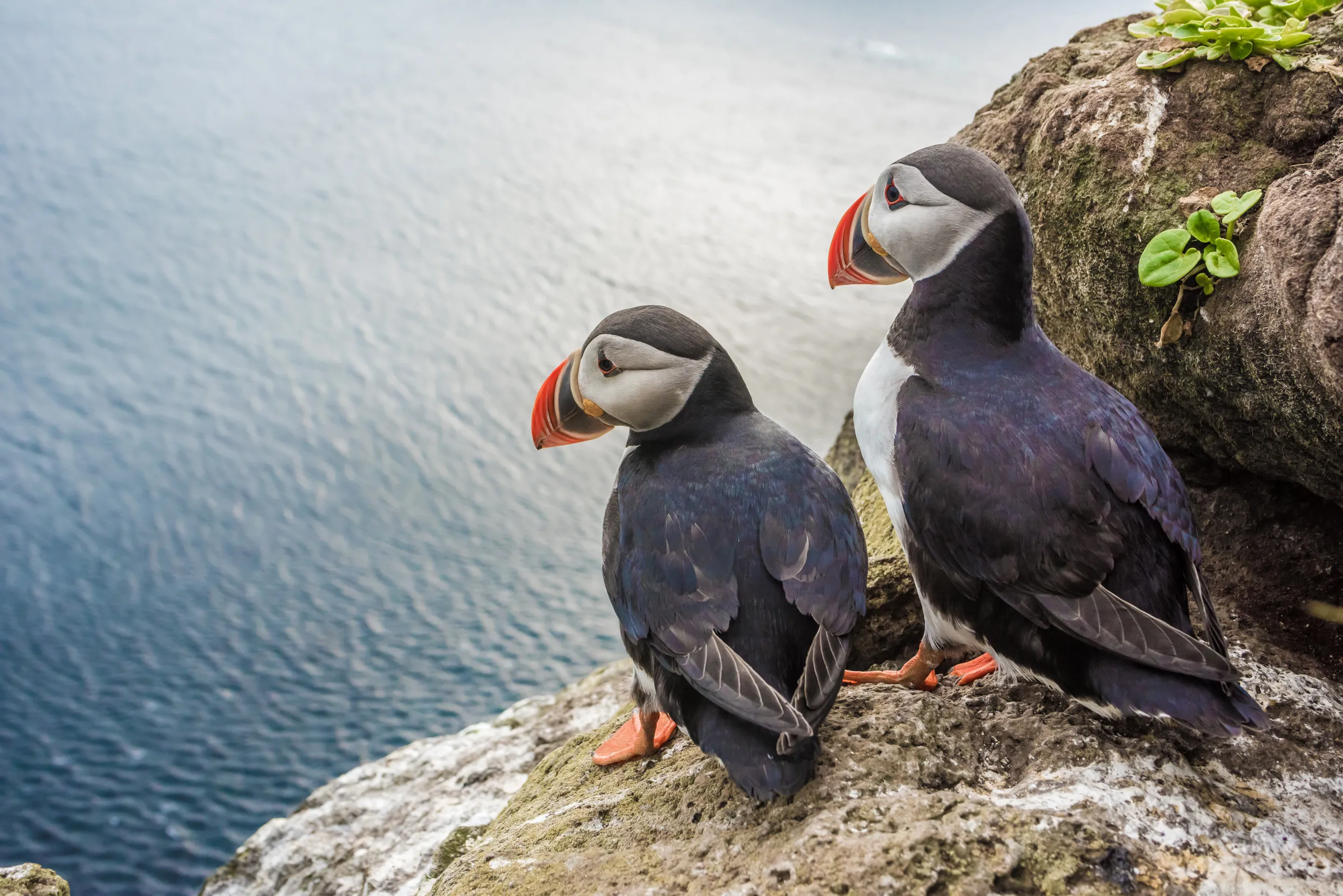
How it started - the female campaigners who created the RSPB
From the fight against feathers in fashion to tackling the nature and climate emergency, the RSPB has been campaigning to save nature for more than 100 years. Here’s the story of the ambitious, passionate and brave women who created the RSPB.

On this page
The woman who helped save more than a million birds
Campaigning for our natural world is a huge part of what the RSPB does today. But it’s also the reason we were created in the first place. It was Emily Williamson who started the Society for the Protection of Birds in 1889 after becoming sickened by the slaughter of exotic birds for their feathers. From the 1870s to the 1920s the fashion for feathers in ladies’ hats was huge and so many were being killed it was driving birds such as Little Egrets, Great Crested Grebes and birds of paradise towards extinction.
Emily, from Didsbury, Greater Manchester, was angry that the all-male British Ornithologist’s Union was doing nothing to protect these birds from becoming a fashion accessory. Others too were determined to protect wild birds from the whims of fashion, and Emily Williamson joined forces with Eliza Phillips of the Fur, Fin and Feather Folk of Croydon, Etta Lemon and Winifred Cavendish-Bentinck, Duchess of Portland.
Fighting feathers in fashion
Together the women started to campaign against this ‘murderous millinery’ and fought across many fronts. Emily used her wide women’s network to get hundreds of pledges to ‘Wear No Feathers’. Eliza became head of publications, writing dozens of hard-hitting pamphlets. She also masterminded the 1903 campaign to save species of egret from extinction in what became known as ‘The Frontal Attack’.
Etta, known as the ‘Mother of the Birds’ and ‘The Dragon’ was the dynamo behind the (R)SPB for its first half-century. She was a tenacious campaigner and would shame ‘feather bedecked women’ in church. She remained a passionate campaigner right up until her forced retirement at 80. Meanwhile the Duchess was a humanitarian aristocrat behind a number of good causes – from pit ponies, to girls’ education, to caged birds. She used her influence to press for change and was president of the RSPB for 60 years until her death.
Under their leadership, the society’s influence began to spread. Supporters around the UK wrote letters to women wearing feather hats, spoke to the shopkeepers that stocked them, and sought to influence prominent figures from politicians to the royal family.
Together they campaigned tirelessly for change and in July 1921 the Plumage (Prohibition) Act was passed, banning the import of plumage. The campaign to protect wild birds was the first successful campaign by the RSPB, and solidified our role as a conservation organisation that today works for nature both in the UK and internationally.

More than 100 years of successful campaigning
Campaigning continues to be vital in the fight to save nature. Thanks to you – our members and supporters – land has been saved as critical wildlife habitat and birds that were close to extinction have been brought back.
We’ve seen Red Kites return to our skies, Ospreys breed once more in Britain and White-tailed Eagles recolonise parts of Scotland and England. Little Egrets – once hunted for their plumage and pushed to extinction in the UK – now fly free.
This year, after decades of campaigning, we finally succeeded in stopping industrial sandeel fishing in the English North Sea and in all Scottish waters.
How you can help save nature
More than 38 million birds have vanished from our skies in just 50 years, and just 5% of UK land is well managed for nature. But like our founders before us, we are determined to make a difference. From the colourful Puffins along our coast to the humble House Sparrows in our towns and cities, nature needs us. Together, we can save nature.
